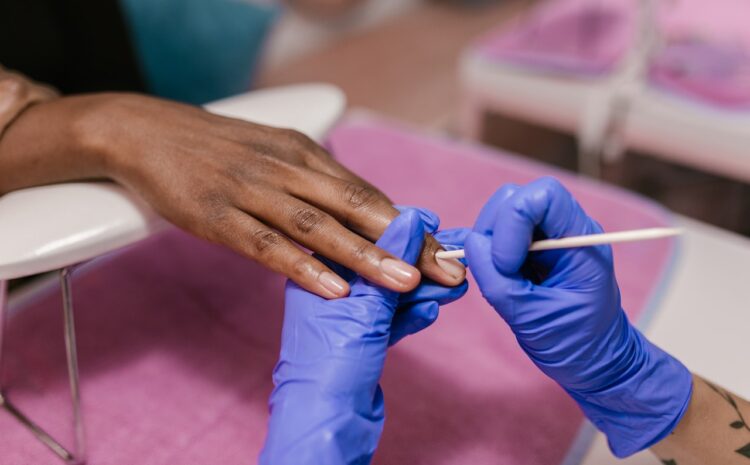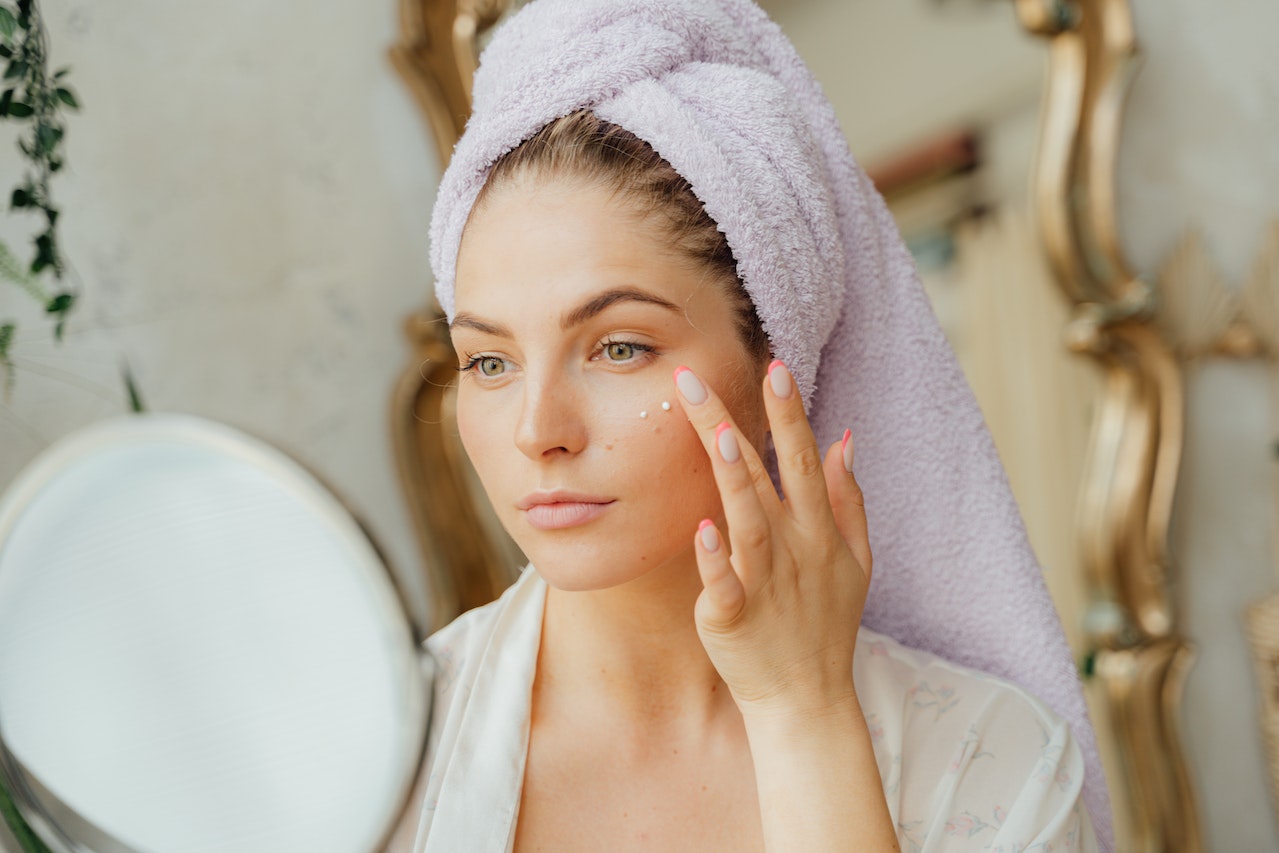Table of Contents
Onychomycosis, commonly referred to as nail fungus, is a prevalent ailment that impacts a significant number of individuals globally. It can cause unsightly and sometimes painful symptoms, leading to discomfort and embarrassment. However, amidst the prevalence of nailfungus, there are numerous myths and misconceptions surrounding its causes, treatments, and prevention. In this blog post, we will delve into the world of nail fungus, separating myths from facts, and explore the most effective treatments available to combat this stubborn condition.

Myth vs. Fact: Debunking Common Misconceptions
Myth: Only unhygienic people get nailfungus
Fact: Nailfungus can affect anyone, regardless of personal hygiene habits.
Myth: Nailfungus is a cosmetic issue, not a medical concern
Fact: Nailfungus can lead to complications and should be treated to prevent further problems.
Myth: Over-the-counter remedies can cure nailfungus completely
Fact: While some over-the-counter treatments can provide temporary relief, they may not eliminate the infection entirely.
Myth: Nail polish can prevent or treat nailfungus
Fact: Nail polish can actually exacerbate the infection by creating a moist environment ideal for fungal growth.
Myth: Home remedies are sufficient for treating nailfungus
Fact: While home remedies may show some improvement, professional medical intervention is often necessary for effective treatment.
Read Also: Toenail Fungus: Causes, Symptoms, And Effective Treatment Options
Understanding Nail Fungus: Causes and Risk Factors
- Overview of nailfungus and its causes
- Common risk factors for developing fungus, including age, weakened immune system, and certain health conditions
- How nail fungus spreads and its contagious nature
Identifying Nail Fungus: Signs and Symptoms
- Common signs of nailfungus, such as discoloration, thickening, and brittleness
- Additional symptoms like nail odor, pain, and discomfort
- Differentiating fungus from other nail conditions
Professional Diagnosis and Treatment Options
- Seeking professional help for accurate diagnosis
- Nail sample analysis and laboratory testing
- Topical antifungal treatments: creams, ointments, and nail lacquers
- Oral antifungal medications: their effectiveness and potential side effects
- Laser therapy for fungus: an innovative and promising treatment approach
- Surgical options for severe cases of nail
Prevention Strategies for Nail Fungus
- Practicing good foot hygiene, including regular washing and drying
- Keeping nails trimmed, clean, and dry
- Wearing breathable footwear and moisture-wicking socks
- Avoiding sharing personal items in public spaces
- Regularly inspecting feet and nails for early signs of infection
Conclusion
By debunking common myths, understanding the facts about nail fungus, and exploring effective treatment options, we can empower individuals to take control of their nail health. Fungus is a treatable condition, and seeking professional guidance is crucial for accurate diagnosis and successful treatment. Remember, prevention is always better than cure, so adopting preventive measures and maintaining good foot hygiene can significantly reduce the risk of nail. Together, let’s expose the myths, embrace the facts, and discover effective treatments for nailfungus, ensuring healthier and happier nails.



